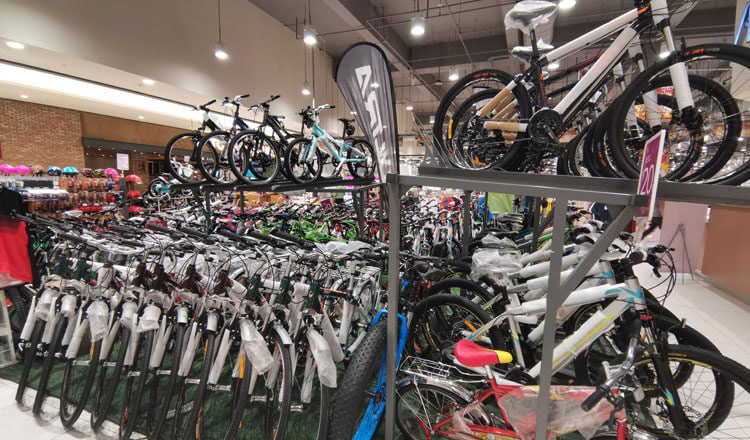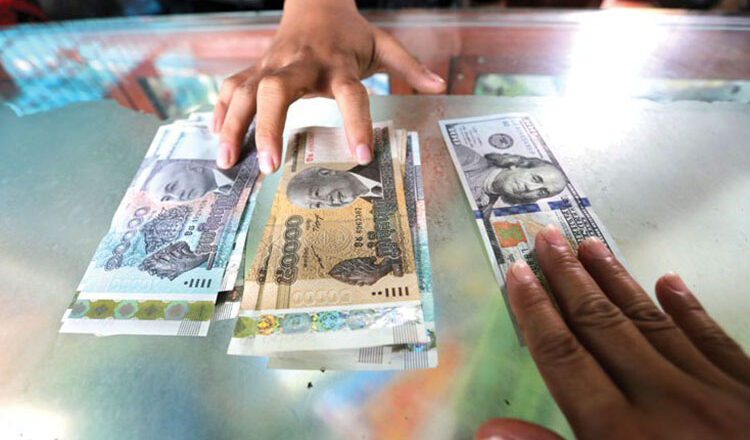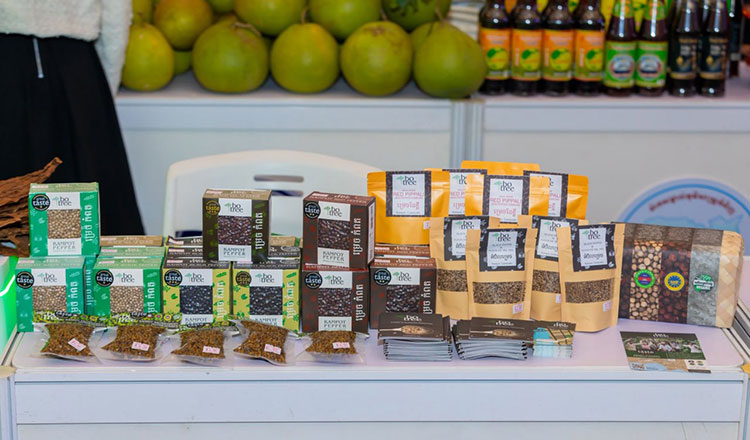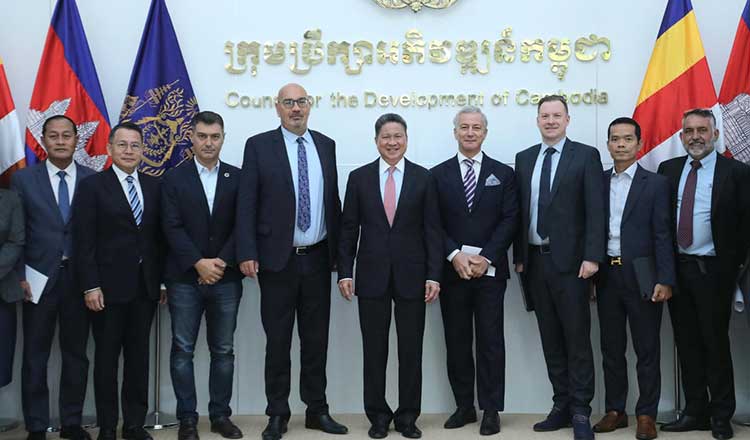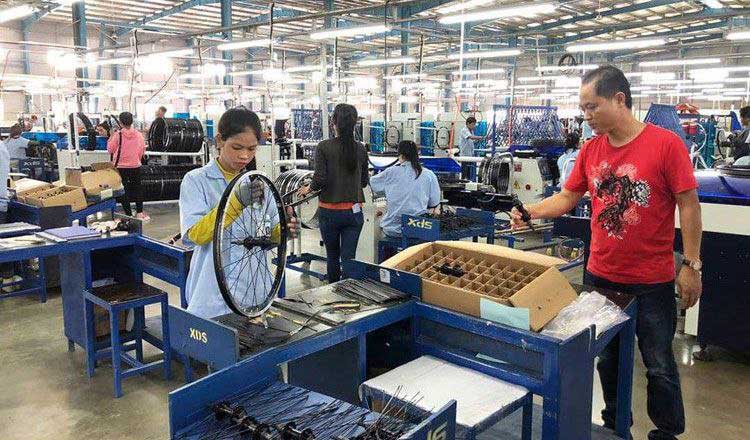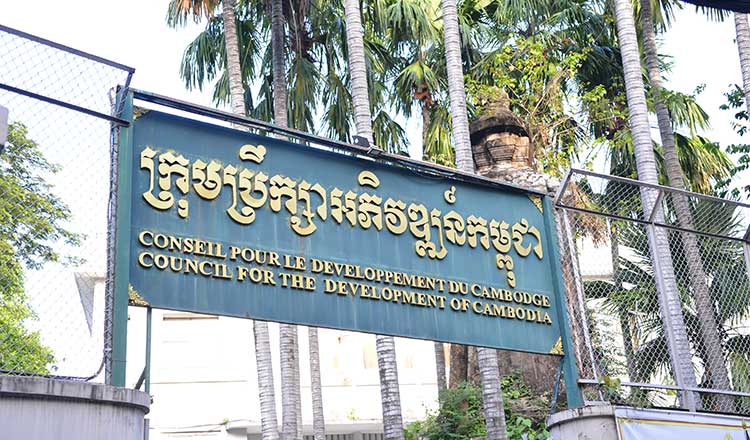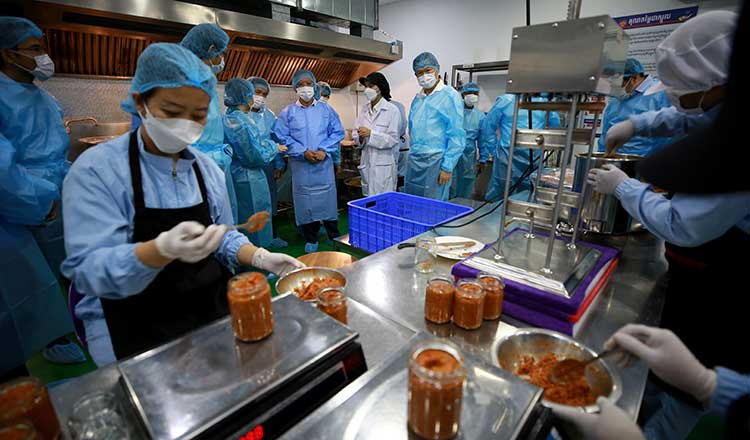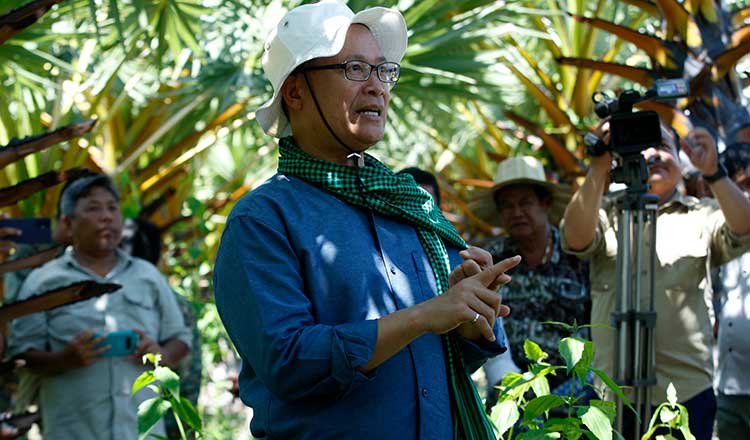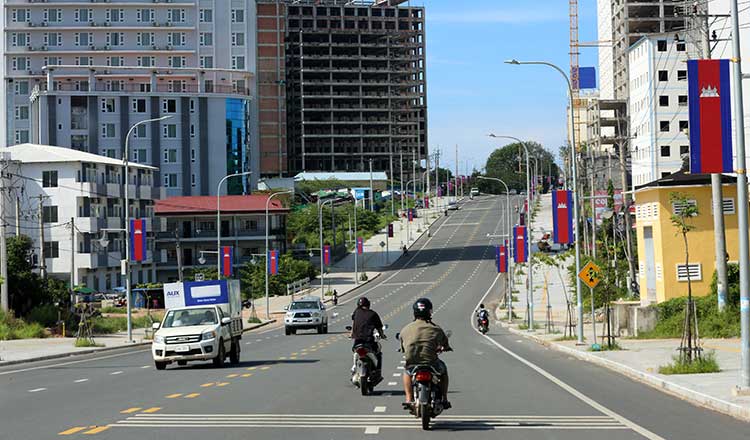Phnom Penh, Takeo residents have higher savings than rest of Cambodia
Phnom Penh, Takeo residents have higher savings than rest of Cambodia
Phnom Penh has the highest access to formal savings in Cambodia, where as high as 69 percent of its population have access to a bank account. This is followed by provinces like Takeo (41 percent), Kandal (37 percent), Kampong Thom (34 percent) and others, as a per a recent study by the Cambodia Microfinance Association (CMA) and Micro-Credit Ratings International Limited (M-Cril).
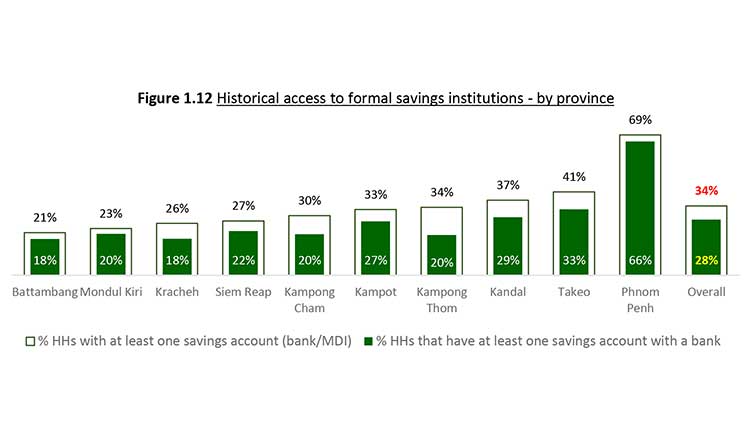
While it may be expected that Phnom Penh would have the highest proportion of household savings, the study also interestingly shows that there is a dip in savings further away from the capital city. The study said, “Numbers are the lowest in the provinces farthest from the capital city.”
Battambang, with a median monthly income of $550, has the lowest proportion of households with at least one savings account meaning it is likely to have the highest cash dependency of the provinces in the sample. However, this is mitigated by the fact that residents have significant remittance income facilitated by agents.
In terms of savings account ownership, deposit-taking microfinance institutions (MDIs) seem to be the most active and have the highest share of clients in Kampong Thom, where 17 percent of households had MDI accounts, and in Takeo (15 percent). The study also showed that people are more likely to keep their savings with banks than with MDIs.
The study said, one-third of those surveyed had some form of savings account. This is about 28 percent had a savings account with a bank and 10 percent with an MDI. And in the positive, about 12 percent of households had more than one savings account.
“The findings by the Cambodia Microfinance Association (CMA) and M-CRIL, are encouraging. At LOLC Cambodia, we see this as a positive trend that reflects the improvement in the financial stability and growth of our clients. Such trends suggest borrowers are not only meeting their basic needs but also investing. This underscores the positive impact of microfinance services in enhancing the financial capabilities and livelihoods of our clients,” said Sok Sophal, Chief Finance Officer, LOLC (Cambodia) Plc.
Another heartening trend was the study found as much as 48 percent of adults had access to at least one form of formal financial services like a savings account, credit account or microinsurance purchase. An earlier, 2021 United Nations Capital Development Fund (UNCDF) report had put the number at 67 percent; that 67 percent of adults in Cambodia had some access to a formal financial service. However, market participants say that this number could have drastically gone with higher mobile penetration and higher Bakong usage in the country.
The study also found that a larger proportion of women have access to financial services compared to men (51 percent women versus 45 percent men), showing the crucial role women play in finances. Even when it comes to borrowing, there are more women borrowers than men (46 percent women versus 41 percent men). Further, the study said that there has been an overall improvement in living standards for Cambodians in terms of school education, poverty reduction, care for the elderly and growth in household assets.
“Improvements in living standards for MFI borrowers is a welcome trend. At LOLC Cambodia, our mission is to create a lasting positive impact on the communities it serves through the sustainable delivery of inclusive and client-centric financial services,” said Sophal, adding, “These outcomes highlight how access to financial services can lead to significant enhancements in the quality of life for our borrowers, especially the most vulnerable populations.”
The study also said that as per its sample, there were 1,961 customer savings accounts for 9,287 adults. There is one savings account for every five adults. NBC’s annual report shows that customer deposit accounts in 2023 increased to 18.9 million from 14.3 million in 2022. And consumer credit accounts were at 3.9 million in 2023. But while there is an increase in savings, insurance and mobile-based payments are yet to pick up among microfinance borrowers. As the study found only 9 percent of adults have microinsurance and 6 percent use mobile money services.


